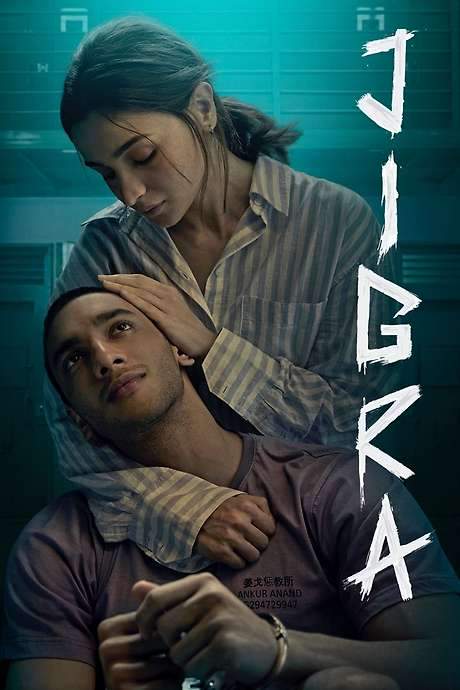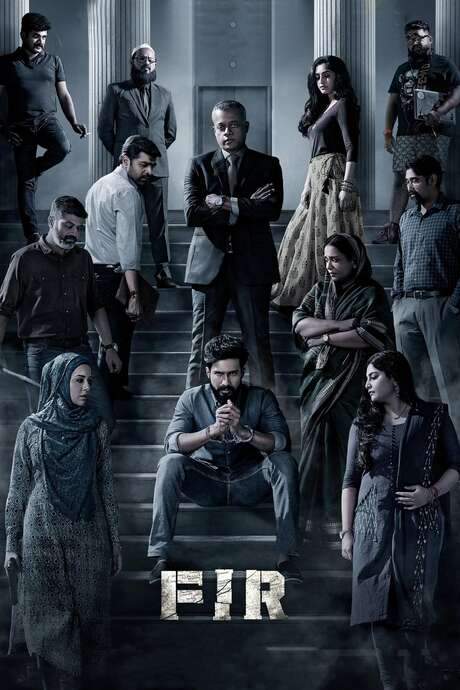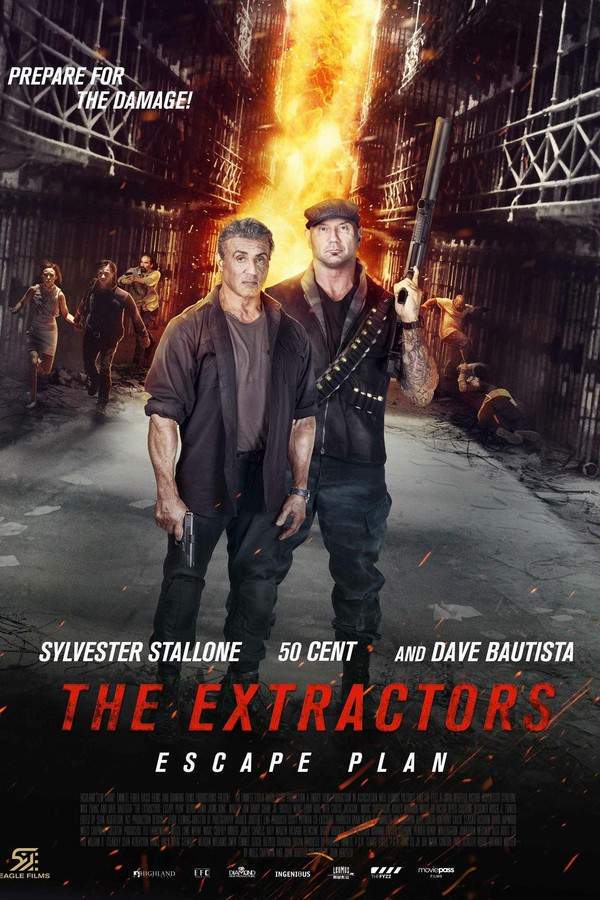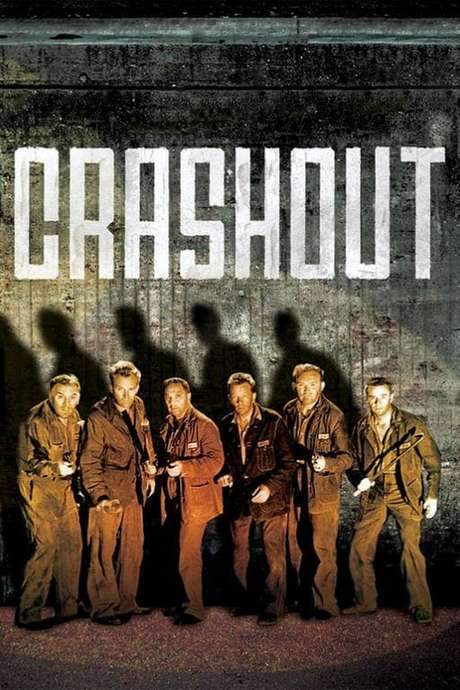
Jigra
When Ankur is wrongfully imprisoned and sentenced to death in a foreign country, his steely sister Satya is driven by a lethal resolve to break him free.
Warning: spoilers below!
Haven’t seen Jigra yet? This summary contains major spoilers. Bookmark the page, watch the movie, and come back for the full breakdown. If you're ready, scroll on and relive the story!
Jigra (2024) – Full Plot Summary & Ending Explained
Read the complete plot breakdown of Jigra (2024), including all key story events, major twists, and the ending explained in detail. Discover what really happened—and what it all means.
Satya, Alia Bhatt is a young woman who has endured more than her fair share of hardship. As a child, she witnesses her father commit suicide and goes to great lengths to shield her younger brother Ankur, Vedang Raina, from the scene. Orphaned, the siblings are placed with wealthy but distant relatives, and Satya takes on responsibility as the house staff manager, using her position to guard family secrets and to protect Ankur from the harsher edges of their world. She becomes extremely protective of Ankur, bordering on paranoia. Ankur grows into a bright, rule-abiding engineer, while Satya’s willingness to bend rules and to do whatever it takes to shield him becomes a defining trait of their bond.
Everything changes when Kabir, Aditya Nanda, the family’s son who struggles with addiction and a checkered academic record, enters their orbit. Satya greets him with trepidation, but Ankur sees in Kabir a friend and a possible ally. Their collaboration takes a turn when Kabir’s father agrees to sponsor Ankur’s software project, hoping it will reform Kabir’s life. The sponsorship brings the two young men on a business trip to Hanshi Dao, a fictional country whose draconian drug laws equate possession with the death penalty by electrocution. Neither Ankur nor Kabir realizes the full weight of the laws, as they continue to party and work, ignorant of the danger lurking in the legal system.
At a party, Kabir buys drugs, unknowingly placing Ankur and himself at risk. When they are arrested for possession, Ankur calls Satya to declare that it was Kabir who possessed the drugs. Satya understands, from past family dealings with her uncle, that the family’s leverage may be used to secure a release for Kabir, potentially at a deadly price for Ankur. A family lawyer persuades Ankur to protect his cousin’s life by lying that he was the one who possessed the drugs, conveniently omitting the fact that he would be imprisoned for only three months before eventual execution. Satya is devastated by this deceit and resolves to rescue Ankur at any cost.
Satya travels to Hanshi Dao, diving into a landscape of rigid rules, social stratification, and a justice system that seems designed to crush the vulnerable. She burns her uncle’s office in a symbolic act of rebellion, then enters the prison to reunite with her brother. Inside, Ankur makes a few friends among other inmates who are wrongly charged, and the pair begins to explore escape options. Ankur forms ties with Bhatia’s son Tony and Muthu’s fellow prisoner Chandan, while Satya enlists two unlikely allies: Bhatia, a former gangster whose own son has faced a similar nightmare, Manoj Pahwa and Muthu, Rahul Ravindran, an ex-policeman haunted by his past mistakes who is willing to risk everything to help them. Together, they start to hatch a plan to break Ankur and the other prisoners out.
Forward momentum intensifies as the plan takes shape around a coast festival day—the time when the city is crowded with revelers and the law seems to loosen its grip. The boys themselves aim to escape through the sewage system, while Satya and her allies maneuver to push them toward kitchen duties to keep watch. The warden, Landa, Vivek Gomber, grows suspicious as the group notices irregular assignments that link the trio to the same three workers who will keep the system running. The double plan is foiled when Landa intercepts the escape attempt, pushing the execution dates of Ankur and Kabir forward and tightening the noose around Satya and the others.
Undeterred, Satya takes a radical step and tries to disable the prison’s power grid to collapse security and allow a mass breakout. Muthu resists this dangerous move, trying to stop her, but Satya insists, and tragedy strikes when she ends up killing Muthu. Yet even this act cannot stop her resolve: the power grid fails to render the prison safe, and she pivots to a more explosive tactic to create chaos and allow the escape. As the corridors flood with inmates, Bhatia falls to a fatal bullet, cut down as the plan spirals toward a dangerous climax.
With the guards closing in, the escape becomes a tense chase. Satya and the boys flee by boat, disguising themselves as aid workers from Doctors Without Borders as Landa and his team close in. The plan to avert a national incident succeeds only because Malaysian authorities, arranged by Muthu in advance, intercept and neutralize Landa, enabling the group to slip back across borders and return to India.
Back home, Satya and Ankur confront the trauma of their past in the house where they last saw their parents. The film closes on a quiet, somber note: Satya has endured, fought for her brother, and carried the weight of what she was willing to do to keep him safe. The story lingers on the cost of protection and the strength it takes to face memories that never truly go away, even when safety is finally within reach.
Last Updated: October 01, 2025 at 13:07
Ending Explained – What Happens at the End of Jigra?
Still wondering what the ending of Jigra (2024) really means? Here’s a spoiler-heavy breakdown of the final scene, major twists, and the deeper themes that shape the film’s conclusion.
Satya — who has spent her whole life protecting her younger brother Ankur after their parents’ tragic deaths — drives the climax of Jigra. When Ankur is wrongfully convicted of a drug crime in the remote Hanshi Dao prison and sentenced to death, Satya throws everything into a desperate rescue. She first tries the legal route, but every lawyer tells her the verdict can only be delayed, not overturned. After meeting the former gangster Shekhar Bhatia, whose own son faces the same fate, the two hatch a plan that relies on an ex‑police officer named Muthu and a fellow inmate, Rayyan, who is digging a secret tunnel.
Rayyan manages to get the inmates—including Ankur—into the prison’s medical wing by drugging their food, hoping they’ll be moved to a ward where the tunnel can be accessed. The plan goes awry: the prisoners are caught, Rayyan is killed, and the warden Hans Raj Landa prepares to execute Ankur. Undeterred, Satya decides to blow up the facility. With Shekhar’s help in contacting old rebel contacts, the power is cut, a bomb is planted, and a violent showdown erupts. Muthu tries to stop her, but he is killed in the struggle, while Shekhar is mortally wounded while covering the escape.
In the chaos of the explosion and a sudden blackout, Satya reaches the cell just as the execution is about to begin. The bomb’s blast disables the death‑row machinery, and she frees Ankur and the other prisoners. The group flees the crumbling prison, pretends to be medical volunteers, and heads for the coast. As they reach the water, Hans Raj Landa fires at them, but Malaysian naval forces intervene and kill him for firing beyond their jurisdiction. Shekhar, meanwhile, succumbs to his gunshot wound but makes sure the others get away, asking Satya to look after his son.
The film ends with Satya and Ankur safely back on Indian soil, the promise she made to her brother when they were children finally kept. Their escape, fueled by sacrifice, betrayal, and relentless love, underscores the movie’s message that family bonds can drive someone to risk everything—even an entire prison‑break—to save the one they cherish.
Last Updated: September 15, 2025 at 10:29
Explore Movie Threads
Discover curated groups of movies connected by mood, themes, and story style. Browse collections built around emotion, atmosphere, and narrative focus to easily find films that match what you feel like watching right now.
Thrillers of Fierce Loyalty and Protection like Jigra
Stories where one person's obsessive devotion drives a dangerous, high-stakes mission.If you were gripped by the desperate sister's mission in Jigra, explore more movies like it. These stories feature protagonists driven by obsessive devotion to save a loved one from an unjust system, blending high-stakes tension with heavy emotional weight and a tense, fast-paced narrative.
Narrative Summary
These narratives begin with a devastating injustice—often a wrongful accusation or imprisonment—that forces a protector into action. The protagonist, driven by a deep bond, meticulously plans and executes a dangerous, often illegal, rescue operation. The journey is marked by alliances, betrayals, and significant moral compromises, building towards a chaotic, high-risk climax that leaves lasting scars, even in success.
Why These Movies?
They share a core of fierce, familial or platonic loyalty as the primary motivator, set against a backdrop of corruption. The tone is consistently tense and grim, with high intensity and fast pacing due to imminent life-or-death stakes, resulting in a bittersweet or heavy emotional conclusion.
Claustrophobic Prison Break Thrillers like Jigra
High-tension stories of intricate escapes from seemingly inescapable confinement.For viewers who enjoyed the intricate escape planning and high-stakes tension of Jigra, this list features similar movies about prison breaks. These films share a desperate, claustrophobic mood, complex plans against overwhelming odds, and a fast-paced, tense narrative where survival hangs in the balance.
Narrative Summary
The narrative pattern involves a protagonist, often wrongfully imprisoned, who must devise an elaborate and dangerous plan to regain freedom. The story meticulously details the formation of a plan, the gathering of resources within the oppressive environment, and the inevitable setbacks and betrayals that threaten to collapse everything. The climax is a chaotic and violent escape attempt where survival is earned at a great cost.
Why These Movies?
They are united by the specific setting and goal of a prison break, creating a shared sense of claustrophobia and desperation. The pacing is fast and tense, driven by the urgency of the countdown (like a death sentence). The experience is intensely gripping, with a focus on survival, sacrifice, and the trauma of incarceration.
Unlock the Full Story of Jigra
Don't stop at just watching — explore Jigra in full detail. From the complete plot summary and scene-by-scene timeline to character breakdowns, thematic analysis, and a deep dive into the ending — every page helps you truly understand what Jigra is all about. Plus, discover what's next after the movie.
Jigra Timeline
Track the full timeline of Jigra with every major event arranged chronologically. Perfect for decoding non-linear storytelling, flashbacks, or parallel narratives with a clear scene-by-scene breakdown.

Characters, Settings & Themes in Jigra
Discover the characters, locations, and core themes that shape Jigra. Get insights into symbolic elements, setting significance, and deeper narrative meaning — ideal for thematic analysis and movie breakdowns.

Jigra Ending Explained
What really happened at the end of Jigra? This detailed ending explained page breaks down final scenes, hidden clues, and alternate interpretations with expert analysis and viewer theories.

Jigra Spoiler-Free Summary
Get a quick, spoiler-free overview of Jigra that covers the main plot points and key details without revealing any major twists or spoilers. Perfect for those who want to know what to expect before diving in.

More About Jigra
Visit What's After the Movie to explore more about Jigra: box office results, cast and crew info, production details, post-credit scenes, and external links — all in one place for movie fans and researchers.





























